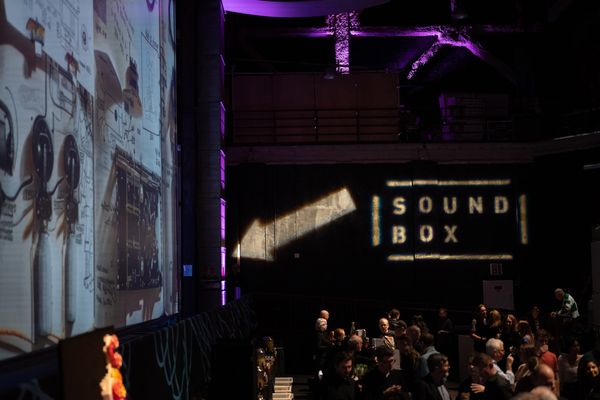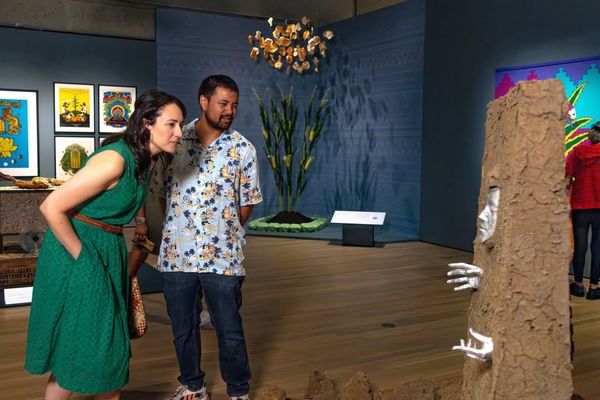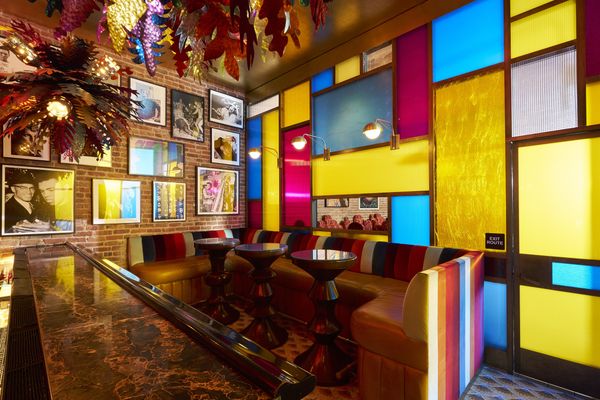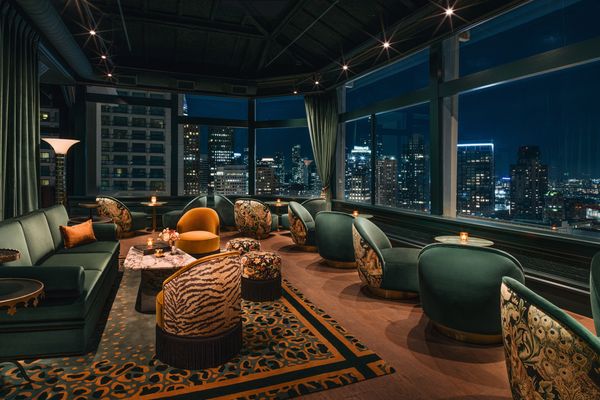When Jessica and I realized we had both separately made reservations at the “new” SPQR, we decided to write up our observations without first comparing notes. Although we’re two people that share some tastes, Jessica’s been far more of an SPQR aficionado than I have been. She loves rich and rustic, where I often like things a bit lighter and refined. Despite this, our two takes on one restaurant (no cheating allowed), turned out to be very similar. —Sara Deseran
SARA:
I dined at SPQR the other night, sitting at the counter that faces the kitchen. The restaurant had closed for a little sprucing up and the first thing I noticed was that the wood counter is a little glossier—that it had been refinished. I was right. After going through some subtle interior touch ups and a major chef change (Nate Appleman who abruptly departed has been replaced by Matthew Accarrino, who was at Craft in Los Angeles), the whole restaurant is a little shinier now. The initial concept that had people lining up to relive their memories of their last rustic bowl of Roman holiday has changed. The cramped galley kitchen has gone from being filled with a bunch of cocky, tatted up, pasta-slinging male cooks (that were drinking beer on the job last time I was there), to a crew largely made up of well-behaved woman, reaching for shiny new sauté pans and prepped items in neatly labeled containers. Precision is called for in the plating now. The cooks spend a lot of time bending down towards the food in order to place leaves of purslane just so, to make an artful smear of sauce.
The menu has changed too. I spent some time reading over the eclectic choices, trying to get a grasp on how to best wrangle them into a cohesive meal, but in the end, we just ordered with abandon.
Some things remain: The great, Italian wine list is still overseen by the always charming and sweet Shelly Lindgren. And yes, you can still get housemade pasta; but instead of the spaghetti carbonara (which the old SPQR had nailed) being a delicious heart-attack, now the dish is served with a quivering poached egg on top that doesn't bind with the perfectly-made pasta once it’s mixed in, leaving an eggy soup in its wake. Beyond the pasta section, however, the menu goes in every direction, from a starter of avocado with pancetta, chili and lime, with bits of bitter grapefruit, to an artfully presented entrée of faro-and-date stuffed quail with purslane and cucumber to a delicious slab of chicken liver on thick-cut bread topped with fig compote (something that would have made the old SPQR cut but seemed out of place in the new).
I don’t want to be the curmudgeonly customer grumbling how times have changed—longing for the olden days—but even if the restaurant wasn’t named after “the Senate and the Roman people,” I’m not sure the new SPQR is completely sure where it’s going yet. The A16 crew has made their name on rustic Italian, so I imagine the changes will catch a lot of people off guard. This is your fair warning. Go in with an open mind and let us know what you think.
JESSICA:
I’m sure it hasn’t been easy for SPQR in the wake of the departure of both superstar chef Nate Appleman and chef de cuisine Chris Behr. The restaurant closed for a spell, spruced up the interior (almost imperceptibly) and appointed chef Matthew Accarrino, who comes to San Francisco from his post at Craft in Los Angeles. The reopening should really be considered a relaunch, for although the bones of the place remain the same, the spirit seems entirely different.
Full disclosure: I miss the old SPQR. I miss the brash, salty, bold dishes that so characterized the place and seemed so Roman in spirit. Some of the ghosts of restaurant past remain—the fried Brussels sprouts, for example, are still there, and come dessert you can still sample Jane Tseng’s comforting rice budino, flecked with vanilla and topped with puffed honey comb, oranges and brilliant green Sicilian pistachios. It’s what happens in the middle—between the sprouts and the budino—that troubles me some.
Though the menu still lists house-made pasta (and the list still includes carbonara and rigatoni amatriciana), the one I sampled, a kuri squash-and-prune tortellini with brown bread crumbs, was too sweet, the pasta too thick, the plate too refined. It looked fussy; it tasted like dessert. Main courses, so elegantly plated and beautiful to behold, also seemed overwrought—lamb shoulder braised into submission then molded into a disk, skate cheeks fried hard in butter and then set, just so, on the plate. There was no foam, but there could have been.
I worry that this restaurant may fall victim to one of the most ubiquitous problems of restaurants in this town—no point of view. SPQR once had a very clear vision—whether you loved it or hated it—and that vision appears to have become somewhat blurred. Comparing Accarrino’s food to that of his predecessors may not be wise, or smart, or even fair, but it feels almost inevitable: SPQR will either continue to be a Roman restaurant and adjust its menu accordingly, or it will change course entirely and become something altogether new. The trouble is, it seems, no one has made up their mind.




















